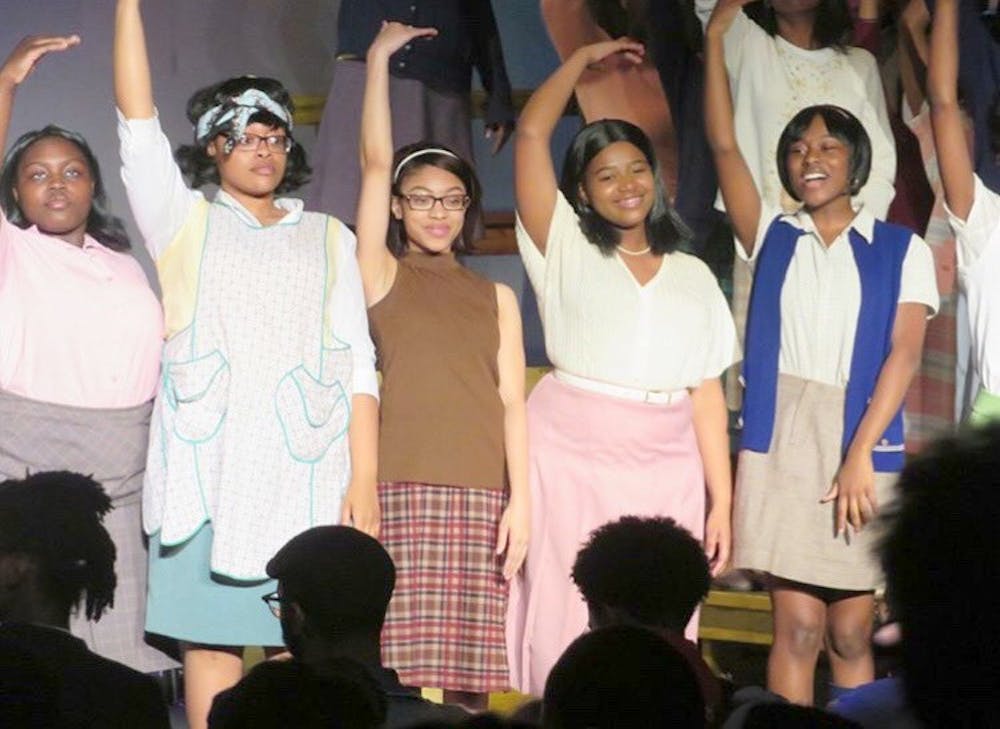High school students are missing a fundamental building block in their education at public schools: the arts.
When you picture high school, you typically see athletes running plays, school dances, and yearbook photo ops. Rarely do you think of students writing plays, composing the music you dance to, and creating vivid images.
Why is that?
In recent years, there has been a decline in how the arts, creative and performing, are perceived in schools. The reason for their neglection is budget cuts. Why are the arts the first to go when there are insufficient funds?
Simple, they are not seen as important.
“The arts are underappreciated forms of self-expression,” Cass Tech junior Miles Richards said.
In a poll taken by 32 high school students and graduates, 18.75% were not exposed to the arts in the high school setting. Imagine six out of every 32 students nationwide not being introduced or exposed to any form of creative expression in a place where they spend most of their time. That is a reality in the public-school system. According the to Detroit Free Press, 55 out of 81 Detroit public schools had no arts education in their general ed curriculums during the 2017-2018 school year.
What are the arts and why are they important?
“What makes something an art has less to do with content and more to do with lens and approach,” said Devin Samuels, Youth Leadership Coordinator for Inside Out Literary Arts Program. “Approaching any content with the lens of exploration and the tools of creativity spliced with the idea of refinement, improving, could be considered an art.”
The arts are activities that allow creative and imaginative expression. They are often broken into eight forms: architecture, sculpture, painting, music, literature, dance, cinema, and theater. Exposure to these branches of creativity helps to engage the minds, bodies, and senses of the youth.
As stated in California’s Statewide Arts Education Coalition 2015’s, “A Blueprint for Creative Schools”, the arts are disciplined processes that require skills, knowledge, and control while involving critical thinking as well as imaginative insights and fresh ideas. All of which are great qualities and skills to have in a successful academic career.
A survey given to 32 people in the Metro Detroit Area revealed that 40.6% of people, who did not have arts programs in their high schools, felt the lack of exposure caused a negative impact on their learning experience. 87.5% of people who had access to artistic programs felt that they were effective in their learning environment.
“A system without creativity, allows limited means of innovation,” says an anonymous source.
The arts do not have to die in the public education system. Some solutions are to create and facilitate arts programs as after school activities, implement different forms of arts into common core curriculum, and fundraise to get the arts back into general education.



